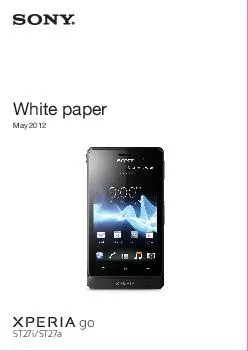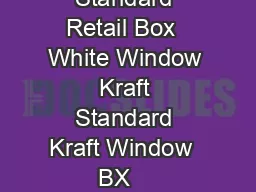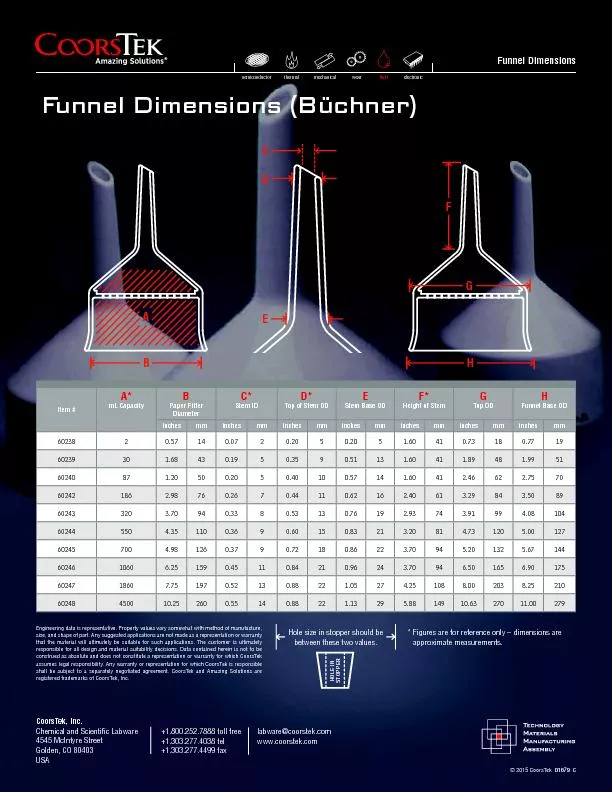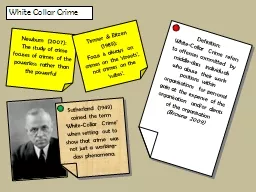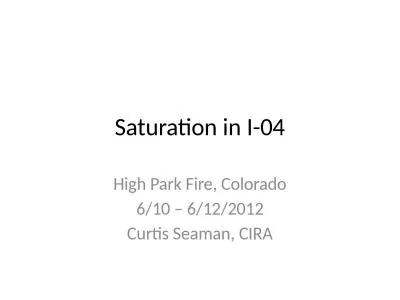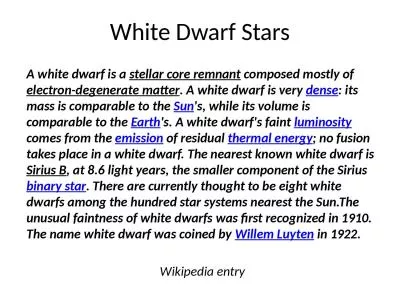PDF-White paperSeptember 2012
Author : natalia-silvester | Published Date : 2015-08-22
LT25i T25 i p Xperia 2March 2013This document is published by Sony Mobile Communications AB without any warranty Improvements and changes to this text necessitated
Presentation Embed Code
Download Presentation
Download Presentation The PPT/PDF document "White paperSeptember 2012" is the property of its rightful owner. Permission is granted to download and print the materials on this website for personal, non-commercial use only, and to display it on your personal computer provided you do not modify the materials and that you retain all copyright notices contained in the materials. By downloading content from our website, you accept the terms of this agreement.
White paperSeptember 2012: Transcript
Download Rules Of Document
"White paperSeptember 2012"The content belongs to its owner. You may download and print it for personal use, without modification, and keep all copyright notices. By downloading, you agree to these terms.
Related Documents


